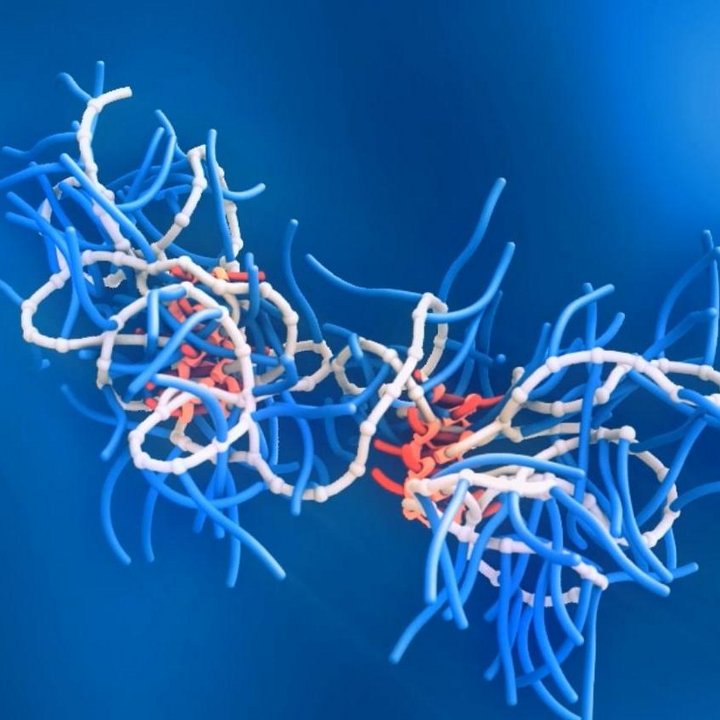Towards synthetic enzymes
At the Supramolecular Chemistry and Catalysis group, our research encompasses two interconnected yet distinct areas, both aimed at advancing the design of functional molecular and supramolecular systems. The first focuses on single-chain nanoparticles (SCNPs), where we investigate the fundamental principles of single-chain folding and explore their potential in green and bio-orthogonal catalysis—revealing how precise molecular architecture can unlock novel catalytic functions. The second area centers on dynamic covalent materials and radical ring-opening polymerization, with an emphasis on the self-assembly mechanisms that govern their structure and function. In this line of research, we conduct fundamental studies to understand and harness these behaviors in the context of degradable and circular materials, contributing to the development of next-generation sustainable materials. These topics are discussed in the following sections.
Meet some of our Researchers
Recent Publications
Our most recent peer reviewed publications

Contact
-
Visiting address
Helix, STO 4.45Het KranenveldEindhovenNetherlands -
Visiting address
Helix, STO 4.45Het KranenveldEindhovenNetherlands -
Secretary


